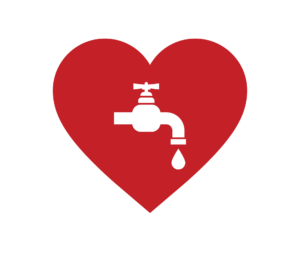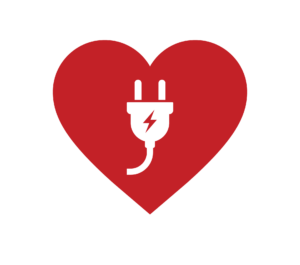SCA vs. Heart Attack
Home » SCA vs. Heart Attack
What is the difference?
Sudden cardiac arrest (SCA) is a life-threatening condition that causes an individual’s heartbeat to stop suddenly and unexpectedly. When this happens, blood circulation to the brain, the heart, and the rest of the body’s vital organs comes to a sudden halt and, if standing, the person usually collapses. So, what exactly is a sudden cardiac arrest and how does it differ from a heart attack?

Heart Attack:
(“Plumbing”) Problem

SCA:
Despite the fact that “heart attack” and “cardiac arrest” are often used interchangeably in the media, it is a frequent misconception that heart attacks and SCA are the same thing. They are, in fact, very different, in both what causes them and how they present themselves. In medical terms, SCA is a condition that is caused by an underlying malfunction in the heart’s electrical system, causing the heart to suddenly stop beating. Normally, the heart is controlled by rhythmic electrical signals that control the timeliness and orderliness of its muscle contractions that push blood through the heart and throughout the rest of the body.
When these signals become jumbled, such as the case in SCA, the heart can no longer efficiently pump blood (containing oxygen) to the tissues of the body, thus starving the body’s various tissue of oxygen. This, subsequently, leads to tissue ischemia (death due to insufficient oxygen delivery) over a short period of time (on the scale of a few minutes). Without quickly starting cardiopulmonary resuscitation (CPR) or using an automated external defibrillator (AED), victims of SCA quickly die. Thus, it comes as no unfortunate surprise that nearly 90% of all out-of-hospital SCA incidents in the United States are fatal1.
On the other hand, a heart attack happens when blood flow to the heart is cut off, thereby preventing a sufficient supply of oxygen from reaching the heart. This usually occurs when one or more coronary arteries (the blood vessels supplying blood – and thus oxygen – to the heart itself) become blocked, frequently as a result of fatty deposit buildup. In many ways, heart attacks can be viewed as a “plumbing” or blood circulation problem, rather than an electrical one.
